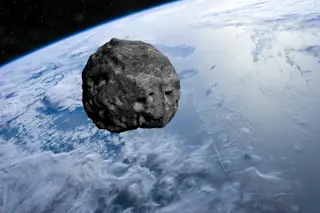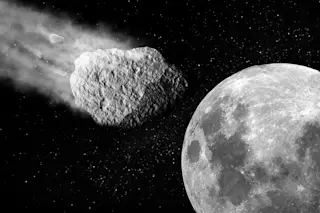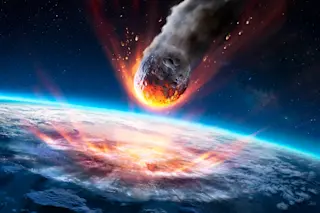Ernie Mastroianni
Meteorite Dealers Hunt for the Perfect Rock
From Morocco's mountains to Arizona's deserts, collectors, scientists and profit-minded middlemen are searching for The Rock.
More on Discover
Stay Curious
SubscribeTo The Magazine
Save up to 40% off the cover price when you subscribe to Discover magazine.
Subscribe












